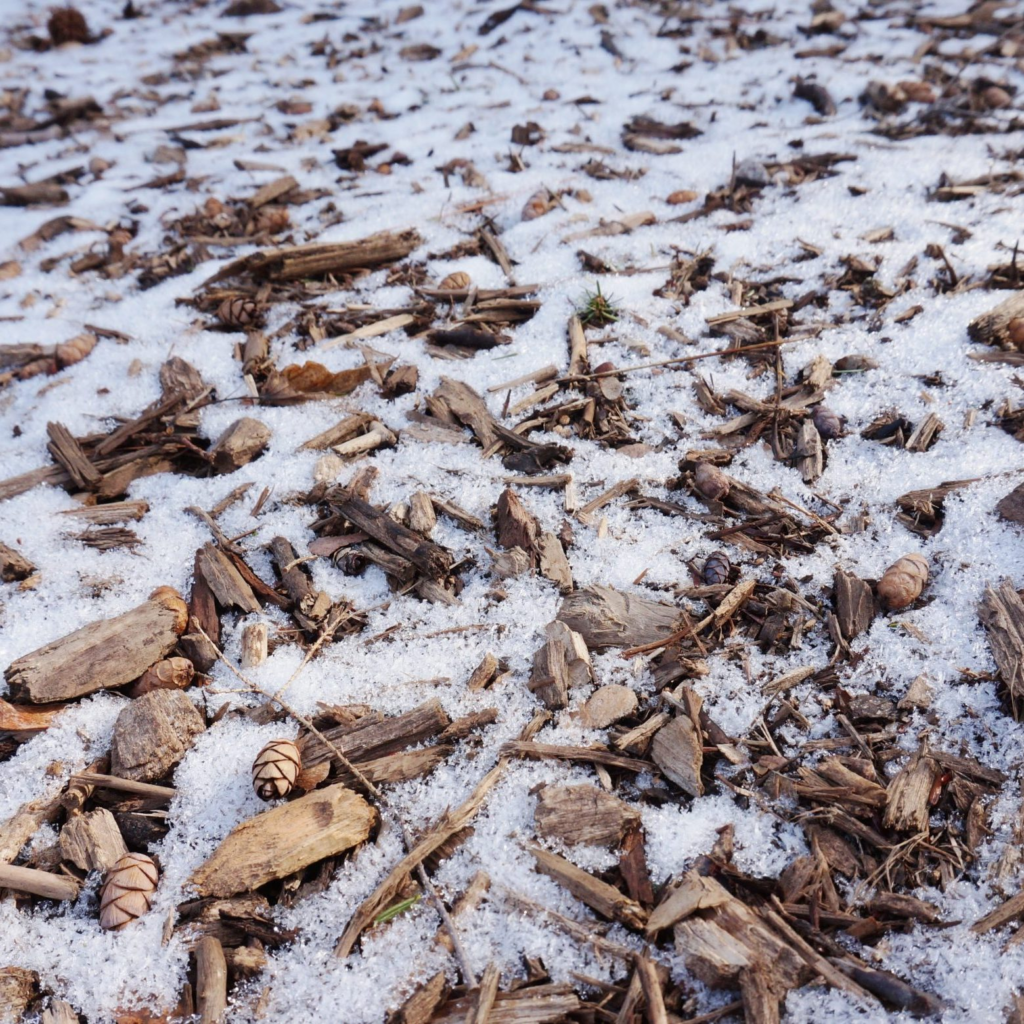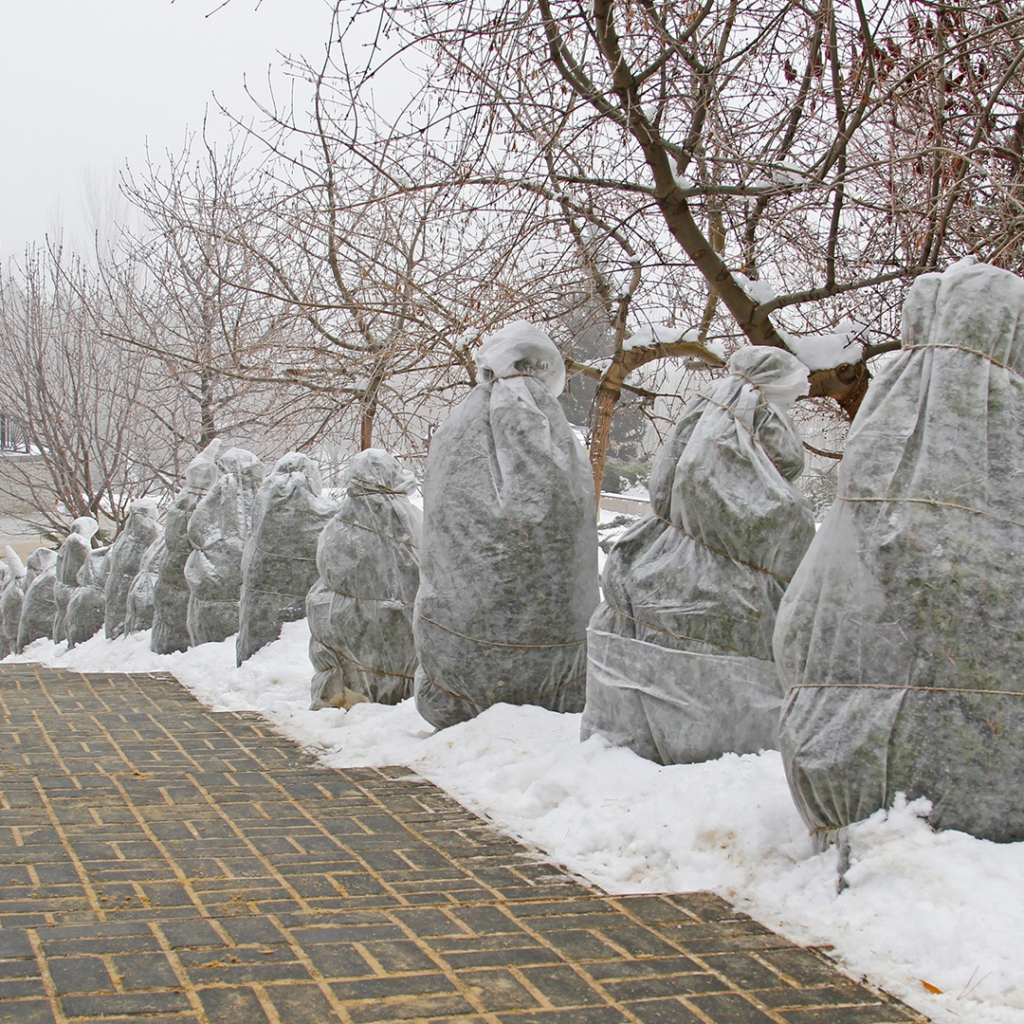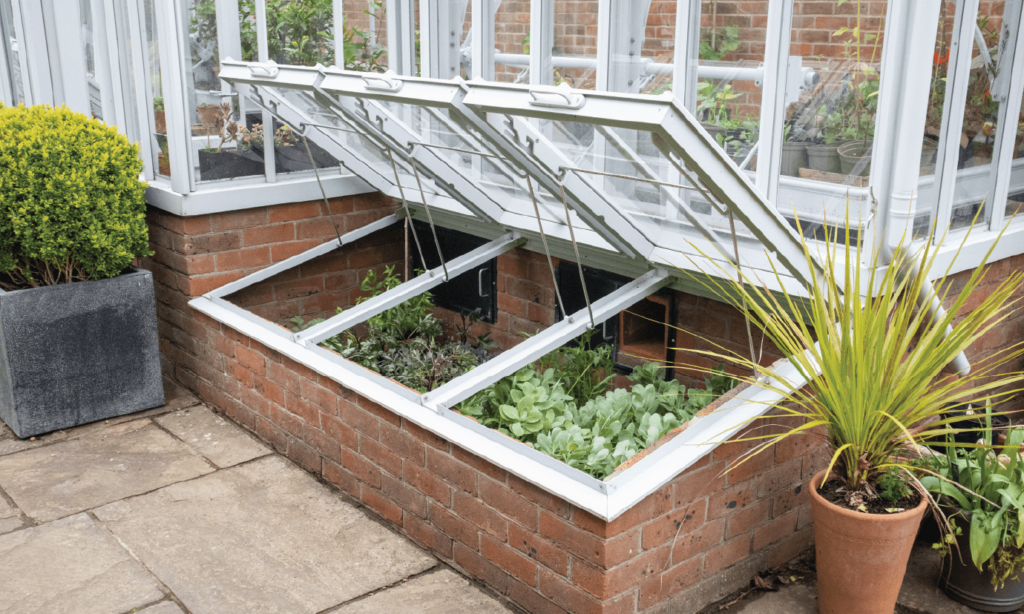As the crisp air of winter settles in, gardeners face the challenge of protecting their beloved plants from harsh temperatures, frost, and snow. Whether you’re a seasoned gardener or just starting out, knowing how to care for your plants during the winter months is essential to ensure they thrive when spring arrives.
In this blog, we’ll explore the best supplies and techniques to protect your plants during the colder months, so you can keep your garden healthy and vibrant year after year.
Why Winter Plant Protection is Important
Winter can be particularly tough on plants, especially those that are not naturally suited to cold temperatures. While some plants, such as evergreens, are naturally resistant to cold, others—like tropical plants, tender shrubs, and young trees—are vulnerable to frost damage, freezing roots, and dehydration from the cold winds.
Protecting your plants during winter is vital for:
- Preventing frost damage: Freezing temperatures can cause water inside plant cells to expand and rupture, leading to irreversible damage.
- Avoiding root damage: The roots of many plants can freeze in the ground, causing them to die.
- Maintaining moisture levels: Winter winds and cold weather can dry out plants, leading to dehydration.
- Encouraging spring regrowth: Proper winter protection allows your plants to survive the season and begin new growth when the weather warms up.
Must-Have Supplies for Protecting Plants in Winter
To safeguard your plants from the cold, there are several key supplies that can help insulate, shield, and nourish them during the winter months. Here are the most essential items to keep on hand:
1. Frost Cloths and Plant Covers

Frost cloths or plant covers are a must-have for protecting your plants from frost and freezing temperatures. These covers act as a protective barrier, keeping the cold air away from your plants while still allowing light and air to reach them.
- How to use: Drape the frost cloth over your plants, ensuring that it reaches the ground to trap heat. Secure the edges with stakes or weights to prevent wind from blowing it away. These covers are breathable, so they won’t suffocate your plants but will help insulate them against freezing temperatures.
- Best for: Tender plants, shrubs, perennials, and young trees that need protection from freezing temperatures.
2. Mulch

Mulch is an essential material for protecting plant roots from the cold and retaining moisture during the winter months. A thick layer of mulch helps insulate the soil, keeping it warmer and preventing freezing, while also protecting roots from exposure to drying winter winds.
- How to use: Apply a 2-4 inch layer of mulch around the base of your plants, covering the soil completely. Be sure to keep the mulch away from the stems and trunks of plants to prevent rot.
- Best for: Trees, shrubs, and perennial plants, especially those with shallow roots.
3. Winter Tree Wrap

For deciduous trees and young trees with thin bark, winter tree wraps are a great way to prevent damage from winter sun and wind. These wraps provide a layer of protection against sunscald (which occurs when the sun warms the tree during the day and freezing temperatures at night cause the bark to crack), as well as damage from rodents and other animals.
- How to use: Wrap the trunk of the tree with a tree wrap, starting at the base and working your way up. Secure the wrap with tape or twine, making sure it’s snug but not too tight. Avoid wrapping it too high, as this can lead to moisture build-up.
- Best for: Young trees and trees with thin bark, especially those exposed to direct sunlight.
4. Cold Frames and Greenhouses

Cold frames and small greenhouses are fantastic for providing an extra layer of warmth and protection for more delicate plants. These structures trap heat from the sun during the day, creating a warmer environment for plants at night.
- How to use: Place your plants inside the cold frame or greenhouse and ensure the structure is properly ventilated. It’s important not to let the plants overheat during sunny days, so make sure to open windows or vents to allow fresh air in.
- Best for: Vegetables, herbs, and tender plants that need protection but still require sunlight and airflow.
5. Heated Plant Mats
Heated plant mats are an excellent solution for keeping the root systems of potted plants warm during the winter. These mats provide gentle, consistent heat to the plant roots, preventing them from freezing in cold temperatures.
- How to use: Place the heated mat under your potted plants and plug it in. Set the mat to a low temperature to gently warm the soil and protect the roots. This is particularly helpful for indoor plants or plants kept in garages, sheds, or greenhouses.
- Best for: Potted plants, tropical plants, and indoor plants.
6. Anti-Desiccant Spray

Winter winds can cause moisture loss in plants, especially evergreens, which can lead to dehydration. Anti-desiccant spray creates a protective coating on plant leaves to reduce moisture loss and protect them from the dry winter air.
- How to use: Spray the anti-desiccant evenly on the leaves and needles of your plants, following the manufacturer’s instructions. This creates a barrier that helps retain moisture without suffocating the plant.
- Best for: Evergreen trees, shrubs, and broadleaf plants that are exposed to wind.
Winter Protection Techniques for Your Plants
In addition to the must-have supplies, there are several effective techniques you can use to protect your plants throughout the winter months. Here are some key strategies:
1. Prune Before Winter
Before the first frost hits, it’s important to prune your plants properly. Remove any dead, damaged, or diseased branches, as these are more susceptible to breaking under the weight of snow or ice. However, avoid heavy pruning late in the season, as this can stimulate new growth that will be vulnerable to freezing temperatures.
2. Water Your Plants Well
Before the ground freezes, make sure your plants are well-watered. Moist soil retains heat better than dry soil, and a hydrated plant is better equipped to survive the winter. Water your plants deeply to ensure the roots have plenty of moisture going into the cold months.
3. Create Windbreaks
Strong winter winds can dry out your plants and cause physical damage. Consider setting up windbreaks using fences, burlap screens, or even large shrubs to shield your plants from harsh winds. This is especially important for young plants and those in exposed areas of your garden.
4. Bring Potted Plants Inside
For plants in pots or containers, consider moving them to a sheltered location, such as a garage, basement, or covered porch, where temperatures remain slightly warmer than outside. If bringing them inside isn’t an option, place them in a sheltered spot and protect the pots with burlap or a blanket to prevent the roots from freezing.
Conclusion: Winter Protection for Healthy Plants
Protecting your plants during the winter months is essential for ensuring they survive the cold and flourish in the spring. By using the right supplies, such as frost cloths, mulch, and tree wraps, along with employing smart techniques like proper watering and pruning, you can safeguard your plants from the harsh winter elements.
Whether you’re caring for delicate perennials, shrubs, or potted plants, these simple yet effective winter protection methods will help you maintain a healthy garden and ensure that your plants thrive when the weather warms up.
Ready to prepare your garden for winter? Stock up on winter plant protection supplies and get your plants ready for the cold season!
